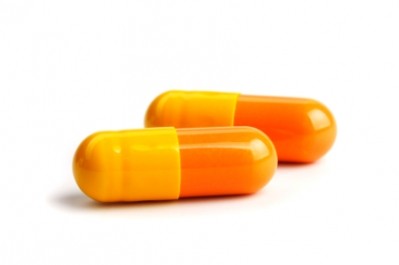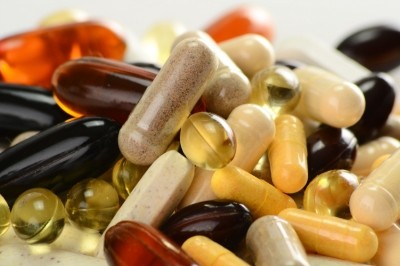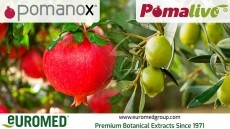NPA uses history to back NDI views on synthetic botanicals, chemical alteration

Cara Welch, PhD, vice president of scientific and regulatory affairs for NPA, discussed some of the finer points of the guidance with NutraIngredients-USA.
FDA issued the draft New Dietary Ingredients guidance first in July 2011. The initial period for comments was extended until December. The tenor of the most of the comments filed during that period called for FDA to withdraw the document and to reissue it with substantial revision. After the second of two high-level meetings between Sens. Orrin Hatch, R-UT and Tom Harkin, D-IA and top FDA officials, the agency agreed in June to work further with industry to clarify the guidance.
NPA’s comments focus on three areas:
- The status of so-called ‘synthetic botanicals'
- The definition of what constitutes chemical alteration
- A call for a master file system to streamline the submission and evaluation of future NDI notifications.
“These comments are in response to the meeting we had with FDA in February. We wanted to focus on the legal aspect and legislative history aspect,” Dr. Welch said.
In the section on the status of synthetic copies of botanical ingredients, NPA notes that these substances are the only category that FDA singles out to make a synthetic-vs.-natural distinction. Other synthetic copies of natural dietary substances–vitamin C for instance–have a long regulatory and statutory history of acceptance.
Word substitution alters meaning
The trade group’s comments drilled down on the history of the clause in the Dietary Supplement Health and Education Act (DSHEA) that defines a dietary supplement. Clauses (a) through (d) of this section say a dietary supplement is a (a)vitamin, (b) mineral, (c) an herb or other botanical or (d) an amino acid.
Clause (e) of this section says that a dietary supplement can also be defined as “a dietary substance for use by to supplement the diet by increase total dietary intake.” FDA has taken the position that clause (e) describes materials that are separate and distinct from the substances described in clauses (a) through (d). Thus, FDA’s thinking on the subject is that these synthetic copies of botanicals aren’t part of clause (c), and they can’t be listed under clause (e) either, so they are not eligible to be used in supplements at all.
NPA notes that an earlier draft of this section read “another substance,” which was changed to “a substance” in the final version of DSHEA.
“That word change is very important and that’s what makes is it a broad clause,” Dr. Welch said. In other words, substances can be covered in this clause without regard to their relationship to the substances in clauses (a) through (d).
Bottom line: The language about 'synthetic botanicals' should be removed from a revised guidance.
“If it a true synthetic copy, the body will treat it same. If the body will treat it the same, why can’t the FDA treat it as a dietary ingredient?” she said.
Similarly, the trade group based its comments on what constitutes ‘chemical alteration’ on the legislative history. DSHEA contains a short list of the type of changes arising from manufacturing processes that would not chemically alter a dietary ingredient to such an extent that it would become an NDI. This list was tacked onto DSHEA in the wee hours of the law's inception, very late in the game, Welch said, and was mean to illustrate, not to demarcate.
“That wasn’t intended to be an exhaustive list. They were trying to offer up some examples,” Dr. Welch said.
Final ingredient, not process, is the important thing
Not on that list, for example, is supercritical CO2 extraction, because this technology wasn’t part of the dietary supplement manufacturing picture in 1994. Does that mean that extracts produced with technology are automatically NDIs? Not in NPA’s view.
“We are saying, ‘Let’s look at the final ingredient,’ ” Dr. Welch said.
“Maybe your process is cheaper, or more effective, or there is less solvent used. Maybe it’s a greener or more sustainable process to get to that same final ingredient. If it’s the same final ingredient, the same safety data I used in 1975 should still be good in 2012,” she said.
The final portion of NPA’s supplemental comments focuses on the process of filing new NDI notifications. NPA proposes a master file system for safety data, in which subsequent filings can reference information already on hand for given ingredients. Welch noted it’s a system that is in place and working in other regulated industries like pharmaceuticals.
In the end, Dr. Welch said, NPA and FDA’s goals are the same.
“It is the safety of the consumer that is of the utmost importance, both to the industry and to the FDA. That is why they came out with this draft guidance.”














